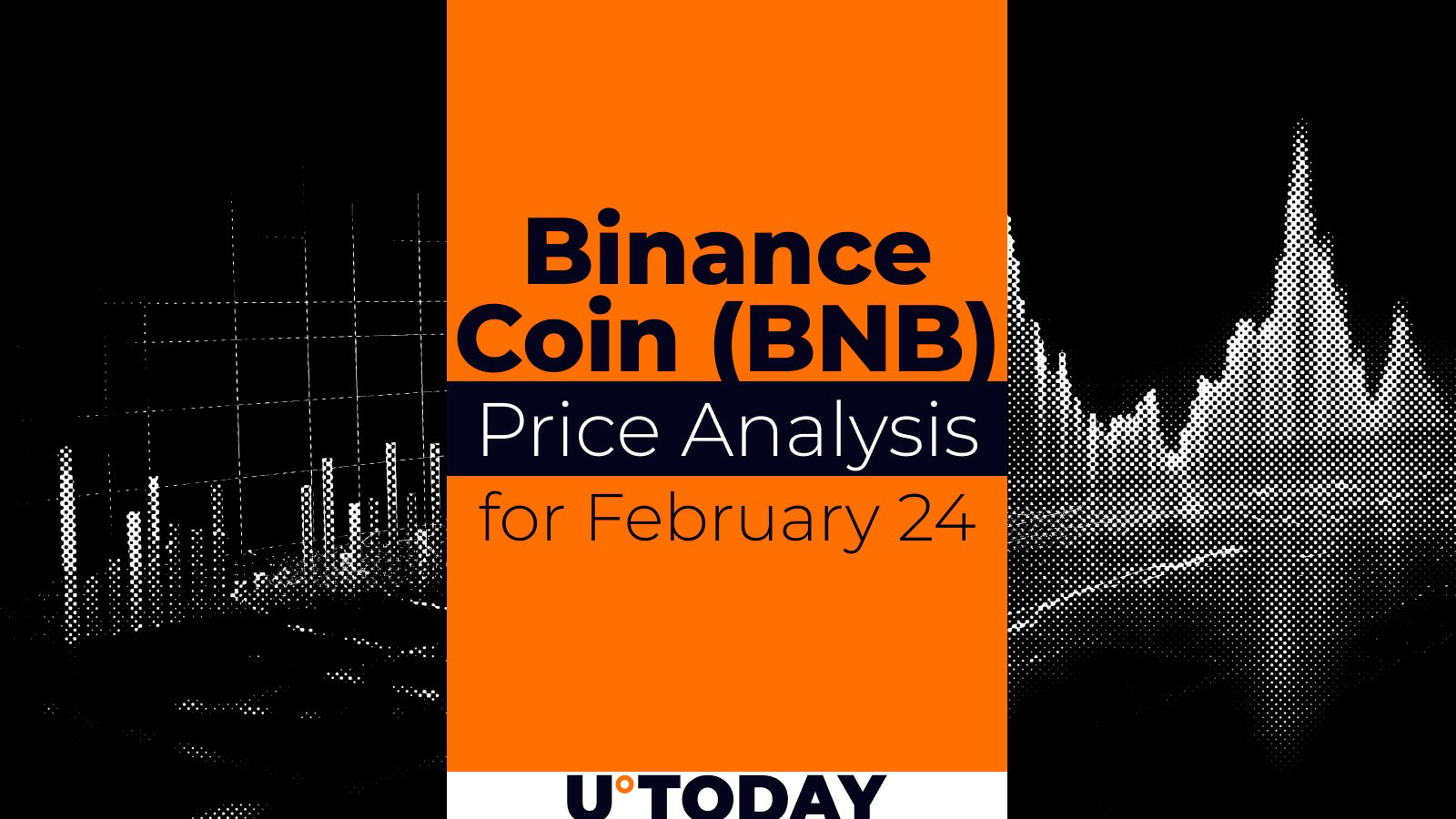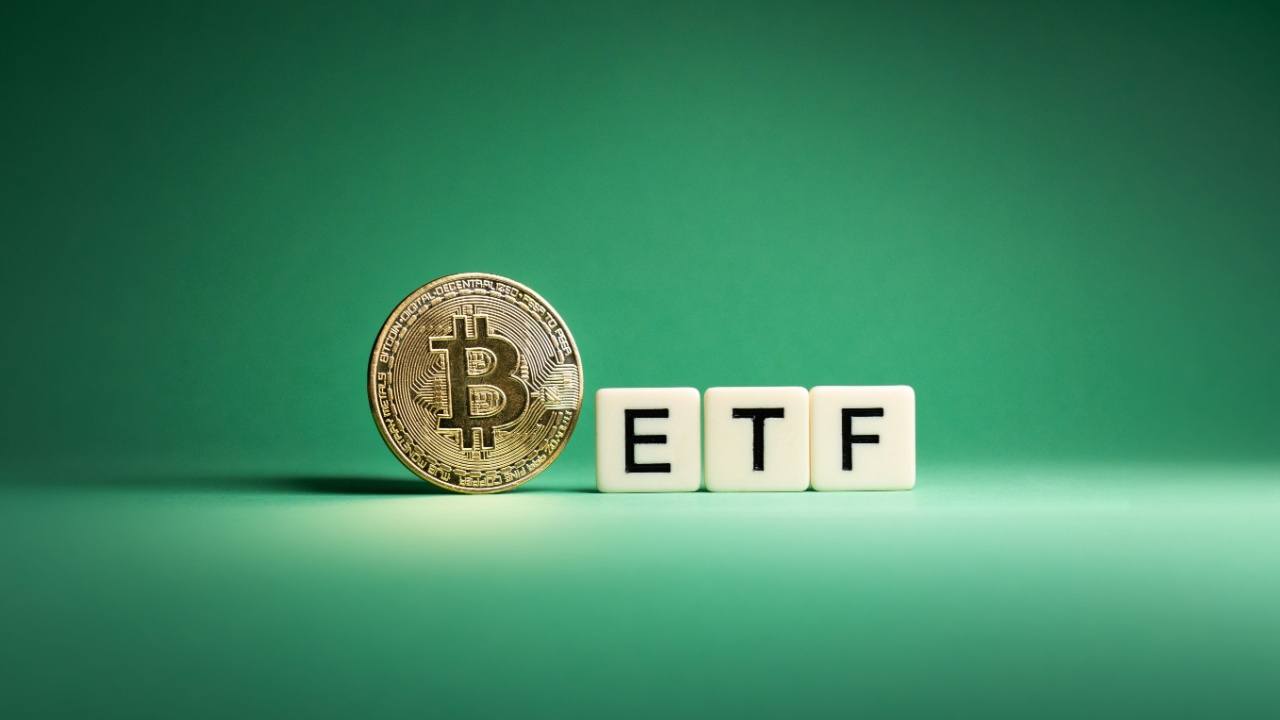The Recent S&P 500 Downturn: A Closer Look
Last Friday, the S&P 500 index experienced a significant decline, shedding 104 points, which represents its worst daily performance this year. This disconcerting drop has left investors and analysts pondering the potential implications of this downturn.
Technical Analysis: Further Downtrend Ahead
From a technical perspective, the S&P 500’s recent decline has raised concerns about a potential deeper downtrend. The index has breached both its 50-day and 200-day moving averages, which are commonly used indicators of short-term and long-term trends, respectively. This bearish crossover has historically signaled a prolonged period of market weakness.
Impact on Individual Investors
For individual investors, a significant downturn in the S&P 500 can be a source of anxiety. If you have a well-diversified portfolio, however, it’s essential to remember that market volatility is a normal part of investing. While it’s natural to feel uneasy when the market takes a downturn, it’s crucial to maintain a long-term perspective and avoid making hasty decisions based on short-term market movements.
It’s also essential to consider the specific investments in your portfolio. If you hold individual stocks or sectors that are particularly vulnerable to market downturns, you may want to consider rebalancing your portfolio to maintain a healthy balance of assets. However, it’s important not to panic and make impulsive decisions based on fear.
Impact on the Global Economy
The S&P 500’s downturn can also have far-reaching implications for the global economy. As a leading indicator of U.S. economic health, a significant decline in the index can lead to decreased consumer and business confidence, which can, in turn, lead to reduced spending and investment. This can have ripple effects throughout the global economy, particularly in countries with close economic ties to the U.S.
Moreover, a downturn in the S&P 500 can also impact global financial markets. As investors seek to protect their assets, they may shift their funds from riskier assets like stocks to safer havens like bonds or gold. This can lead to increased volatility in financial markets and potentially disrupt normal trading activities.
Looking Ahead
It’s important to remember that market downturns are a normal part of the investment cycle. While the recent decline in the S&P 500 can be unsettling, it’s essential to maintain a long-term perspective and avoid making hasty decisions based on short-term market movements. Instead, focus on your investment strategy and the underlying fundamentals of the companies in your portfolio.
Furthermore, it’s important to stay informed about global economic and market developments. By staying abreast of the latest news and trends, you can make informed decisions about your investments and adjust your portfolio as needed.
Conclusion
The recent decline in the S&P 500 index has raised concerns about a potential deeper downtrend. While this can be a source of anxiety for individual investors, it’s essential to maintain a long-term perspective and avoid making hasty decisions based on short-term market movements. Moreover, the downturn can have far-reaching implications for the global economy, particularly in countries with close economic ties to the U.S.
It’s important to remember that market volatility is a normal part of investing. By focusing on your investment strategy, staying informed about global economic and market developments, and maintaining a diversified portfolio, you can weather market downturns and position yourself for long-term growth.
- The S&P 500 index experienced a significant decline last Friday, shedding 104 points, its worst daily performance this year.
- From a technical perspective, the index has breached both its 50-day and 200-day moving averages, which could signal a prolonged period of market weakness.
- Individual investors may feel anxious about a market downturn but should maintain a long-term perspective and avoid making hasty decisions based on short-term market movements.
- A significant decline in the S&P 500 can have far-reaching implications for the global economy, particularly in countries with close economic ties to the U.S.
- Market volatility is a normal part of investing, and by focusing on your investment strategy, staying informed, and maintaining a diversified portfolio, you can weather market downturns and position yourself for long-term growth.





